When describing Barcelona, the capital of Catalonia and the second largest city in Spain after Madrid, it’s not wrong to say that it’s a place where anyone can find whatever they expect from a city. Whether it’s a historical journey, an architectural experience blending old and new, delicious cuisine, a mild climate, warm seas, illuminated streets, dancing people, and much more, you can experience it all in this city.
Known as Gaudí’s city and hosting millions of visitors each year, Barcelona serves as a library for architects and urban planners. As a first lesson, it is possible to observe how the grid plan type settlement, pioneered by many urban planners, especially Ildefons Cerdà, simplifies urban life and enhances city resilience. Following that, witnessing how historical and modern architecture intertwine and develop in harmony is quite enlightening. Whether you’re an architecture enthusiast or just a tourist wanting to experience the city, exploring the 25 must-visit places listed in this article will help you capture the essence of Barcelona.
The Barcelona City Guide offers an architecture-focused journey through the city’s rich blend of Gothic, Modernist, and contemporary design. It highlights landmarks like Gaudí’s Sagrada Família and modern urban innovations. Here are 25 must-see structures.
La Sagrada Familia
Architect: Antoni Gaudi
Of course, when it comes to Barcelona, the must-see site at the top of the list is Gaudí’s masterpiece, La Sagrada Familia. This construction, which has been ongoing for 136 years, is listed as a UNESCO World Heritage Site. The building, which is only a third complete and still under construction, is expected to be finished by 2026, the hundredth anniversary of Gaudí’s death, as the largest church in the world.
Gaudí designed the church with three different façades: the Nativity (Birth) façade dedicated to the birth of Jesus on the east; the Passion façade symbolizing Jesus’ crucifixion on the west; and the Glory façade, still unfinished, representing the path to God on the south. Thus, as you tour the structure, you’re essentially listening to a story. Inside, the unique geometry reminiscent of a forest and the colorful stained glass windows allow you to be captivated once again by the way light fills the space.
Barcelona Cathedral
Located in the Barri Gòtic district, Barcelona Cathedral might suddenly appear before you as a magnificent example of Gothic architecture amidst the narrow streets. The cathedral square, where various events are held, also offers visitors a chance to take a short break. It’s also possible to experience the city view by the elevator from inside the building.
Temple of the Sacred Heart of Jesus
Architect: Enric Sagnier i Villavecchia
Located at the highest peak of Mount Tibidabo, this church stands out with its Neo-Gothic style and offers visitors breathtaking views of Barcelona from above. The structure was built between 1902 and 1961. The structure, with its stairs, has Romanesque and Neo-Gothic details. The dome is crowned with an image of Sacred Heard, initially designed by Frederic Mares and replaced with a new one after its collapse, the current one designed by Josep Miret. In the interior, The tomb was designed in a neo-Byzantine style, combining Gothic and classical elements.
Park Guell
Architect: Antoni Gaudi and Joan Martorell
Parc Güell was designed between 1900 and 1914 by Antoni Gaudí and Joan Martorell at the request of Count Eusebi Güell. It was initially considered a housing development project, but after two houses were built, the project could not be completed due to World War I. One of the two houses served as Gaudí’s residence for a while, and today it continues to function as a museum. Opened as a park in 1926 and declared a UNESCO World Heritage Site in 1984, Parc Güell offers visitors the chance to see city-view terrace, mosaics, and Gaudí’s architectural style, which is intertwined with nature and shaped by organic materials found in nature.
Casa Batllo
Architect: Antoni Gaudi
Casa Batlló, where Gaudí’s Art Nouveau style is prominently showcased, is one of the most captivating buildings for visitors to the city. The roof features a reptilian texture, bones and skeletons inspire the structure, and the façade is adorned with lustrous colored bits of glazed ceramic and glass. While the details are more visible and clear during a daytime visit, at night, the lighting creates a fairy-tale-like atmosphere. Surprise details continue to amaze not only on the outside of the building but also on the interior with color manipulation and unexpected scale changes.
Casa Mila
Architect: Antoni Gaudi
Casa Milà is another result of Gaudí’s unique imagination, where iron and stone are fluidly complementary. The structure consists of two apartment blocks, each with its own entrance, built around a courtyard. The façade of Casa Milà is essentially a curtain wall: the blocks of stone (numbering more than 6,000) are connected to the structure by metal components. Gaudi demonstrates his ability to use waste materials in a new interpretation through the wrought iron elements in this building. The flowing shapes and murals inside the building, as well as the terrace, are just as worth seeing as the exterior.
Barcelona’s rich architectural history and vibrant urban design are an endless source of inspiration for architects and designers alike. If exploring the intersection of design, technology, and creativity excites you, PAACADEMY offers workshops and courses that dive deep into computational and parametric design techniques, equipping you with the tools to bring your visionary ideas to life.
Casa Vicens
Architect: Antoni Gaudi
The house Gaudí designed for the Vicens family continues to inspire many people. The building is adorned with colorful ceramic tiles, floral-patterned ceramics, and ornate windows, while the interior is filled with creative furniture and decorated ceilings. The structure was added to the UNESCO World Heritage List in 2005 and has been open to the public as a museum since 2017.
MACBA – The Museu d’Art Contemporani de Barcelona
Architect: Richard Meier
Richard Meier’s Contemporary Art Museum, an example of modern architecture that winks at Le Coobusier, was designed and built in the 90s. The building is shaped by a combination of rectilinear and curved elements, a geometry that is softened by the natural light that penetrates into the building through open galleries and large skylights. Inside the museum, Meier leaves ample space to allow flexibility, enabling different functions periodically. Right in front of the museum, there’s an exceptionally active square where you can encounter people of all ages and watch skiing performances if you’re interested.
Barcelona Pavilion
Architect: Ludwig Mies van der Rohe
Mies’ Pavilion, an example of modern architecture experimenting with materials such as marble, steel, chrome and glass, was built in 1929 to represent Germany. The pavilion, which was removed after the exhibition ended in 1930, was rebuilt in the same location by Catalan architects in 1983, preserving its design. Designed entirely as a sculpture, the pavilion now serves as a peaceful retreat for visitors away from the bustling city.
Palau de la Música Catalana
Architect: Lluís Domènech i Montaner
Built between 1905 and 1908, the Palau de la Música Catalana is a unique example of Catalan modernism and art nouveau. This remarkable work is significant in the city’s cultural memory and is the only concert hall listed as a UNESCO World Heritage Site. The building has typical Catalan modernism details such as dynamic shapes, rich decorations, and organic motifs. The structure’s facade includes Spanish and Arabic architectural details: red brick and iron, mosaics, stained glass, and glazed tiles.
Hospital de Sant Pau
Architect: Lluís Domènech i Montaner
Hospital de Sant Pau is not just a traditional hospital; it was designed to meet the technical and social needs of patients. Known as a “Park Hospital,” the structure is surrounded by large open spaces intended to impact patient recovery positively. The complex is comprised of 12 pavilion-connected throat galleries, the largest part of which is designed in the Art Nouveau style. The structure functioned as a hospital until a new one opened, and it went under restoration to continue its function as a museum and culture center.
Picasso Museum
Architect: Jordi Garcés
Picasso moved to Barcelona at the age of 14 and continued to visit the city frequently throughout his life. At the Picasso Museum in Barcelona, visitors can see examples of the sketches and paintings the artist worked on throughout his career, allowing them to witness the development and maturation of his style. The museum’s architecture is also quite creative; what started as a single palace was expanded into five interconnected palaces. The renovation process was led by Jordi Graces.
La Boqueria
Architect: Josep Mas i Vila
La Boqueria opened as a meat market in 1217 and has become one of the most renowned markets worldwide. Located on La Rambla, this market is noted for the ironwork and colorful glass on its entrance gate, which attract significant attention.
Santa Caterina Market – 2004
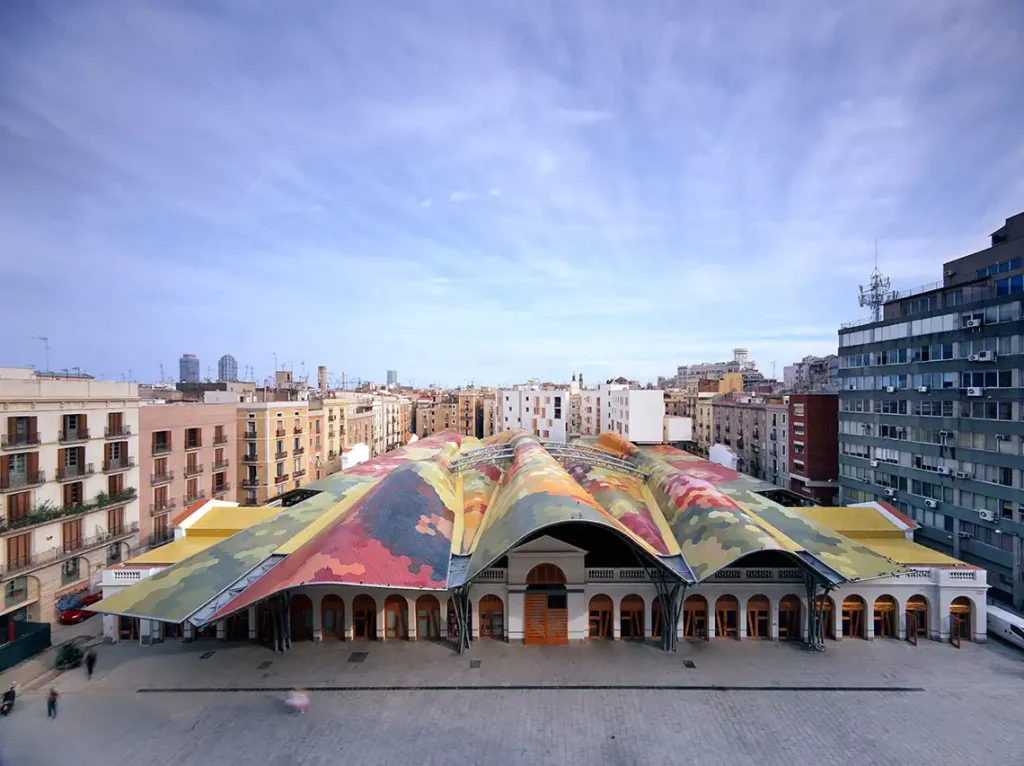
Architect: Enric Miralles and Benedetta Tagliabue
Opened in 1848 and renovated in 2004, Santa Caterina brings a fresh breath to its historic area with its new design. The single-story building, designed with a height of 6 meters, is distinguished by its metallic arches and neoclassical design. The sloping roof covered with colorful mosaics resembles a spread tablecloth and attracts the interest of many tourists.
Mercat Fira de Bellcaire Els Encants
Architect: b720 Arquitectos
Unlike the markets we’re accustomed to, Mercat Encants features small commercial spaces connected by various ramps. The roof consists of a great casing suspended as a canopy, which is multi-layered. With its reflective surfaces and striking design, Mercat Encants is one of the top destinations for those interested in modern architecture.
Torre Agbar
Architect: Jean Nouvel
Built in 2005, Torre Abgar is one of the leading examples of modern architecture in Barcelona. The skyscraper is a 38-story, 144-meter-tall cylindrical structure. While warm tones like red were used on the lower floors, cooler tones like blue and white were applied to the upper floors in the tower’s design. The structure, which is visited during the day for the city view from its upper floors, impresses visitors with a light show provided by LEDs on its facade at night.
Walden 7
Architect: Ricardo Bofill
Walden 7 is a modular residential complex designed by Ricardo Bofill in 1975 as a manifesto addressing the issues of modern urban life. The complex consists of 18 floors and a total of 446 apartments. The courtyards, terraces and passageways inside the building provide residents with more social spaces and opportunities for interaction. Recently, with its renovated interior designs, it has become available for short-term rentals on Airbnb and is frequently preferred by users.
La Fábrica
Architect: Ricardo Bofill
The project, created in 1975 through the purchase and transformation of an old cement factory by Ricardo Bofill, serves as both Bofill’s home and the office for Taller de Arquitectura. With over 30 silos and various additions that have been maintained to this day, the structure continues to function as an experimental office-home complex.
Peix (Fish)
Architect: Frank Gehry
The sculpture, built for the 1992 Summer Olympics, is one of the most well-known examples of Frank Gehry’s fish-inspired designs. Made of stone, steel, and glass, the surface of the piece is covered with shiny metal plates in a copper color, causing it to sparkle in the sunlight, and it is, therefore, also known as the “Golden Fish.”
Suites Avenue
Architect: Toyo Ito
The building, designed with a double facade by placing wavy steel strips over a glass facade, was completed in 2009 along with the luxury apartments inside. Located between Casa Mila and Casa Batlló, the structure references Gaudi with its organic form while also standing out with its modern style.
Fira Barcelona Gran Via – 2009
Architect: Toyo Ito
Fira de Barcelona, ??established in Barcelona in 1932, is one of the most important trade fairs in Europe. Thanks to the expansion and renovation project led by Toyo Ito in 2007, it has gained a much more modern and vibrant appearance. It is also possible to see Porta Fira Towers, which has become the iconic project of Toyo Ito and b720 Arquitectos, right opposite.
Natural History Museum
Architect: Herzog & de Meuron
Built in 2004 as the Forum Building, the project continued to be used as the Natural History Museum in 2012, thanks to Herzog & de Meuron’s flexible design. Its triangular form, a combination of contrasting materials, bold colors, and rich collection have garnered the admiration of visitors.
Arc de Triomf
Architect: Josep Vilaseca i Casanovas
The Arc de Triomf was designed as the main entrance to Parc de la Ciutadella for the Universal Exhibition held in 1888. The arc, which stands out with its red bricks, has four small towers on its sides, contributing to the structure’s symmetrical and balanced appearance. Spending time around the Arc can be a great option for experiencing the dynamic life of Barcelona.
Parc Ciutadella
Architect: Josep Fontserè, Lluís Domènech i Montaner
Park Cittadella is much more than just a park. With its fortress, sculptures, waterfall, lake, ecological diversity, and 31-hectare expanse, it is an ideal place to relax after a long city tour. At the center of the park, a fountain (the one above) was designed by Josep Fonstere. Inside the park, the Museum of Natural Science Barcelona is located, and it was the first building in Barcelona’s history to be designed as a museum.
Mirador de Colom – La Rambla
The Christopher Columbus Monument was built to commemorate Columbus’s arrival in Barcelona upon his return from the discovery of America. At the top of the monument is a statue of Christopher Columbus pointing towards America. Standing 60 meters tall, the structure attracts tourists with its view of La Rambla to the north.
The tourist boulevard La Rambla is vibrant with its flower shops, markets, living statues, and mini-museums. Spanish poet Federico García Lorca once called La Rambla “the only street in the world which I wish would never end.”
Barcelona is a city full of surprises where adventurous visitors can get lost in the streets and encounter new design stores, architectural marvels, laid-back bars, or gastronomic delights at every corner. While you’re there, you can experience different areas of art by watching flamenco performances, which are showcased live almost every night in the city. For those with more time, enjoying the sea at Barceloneta is also a great option.














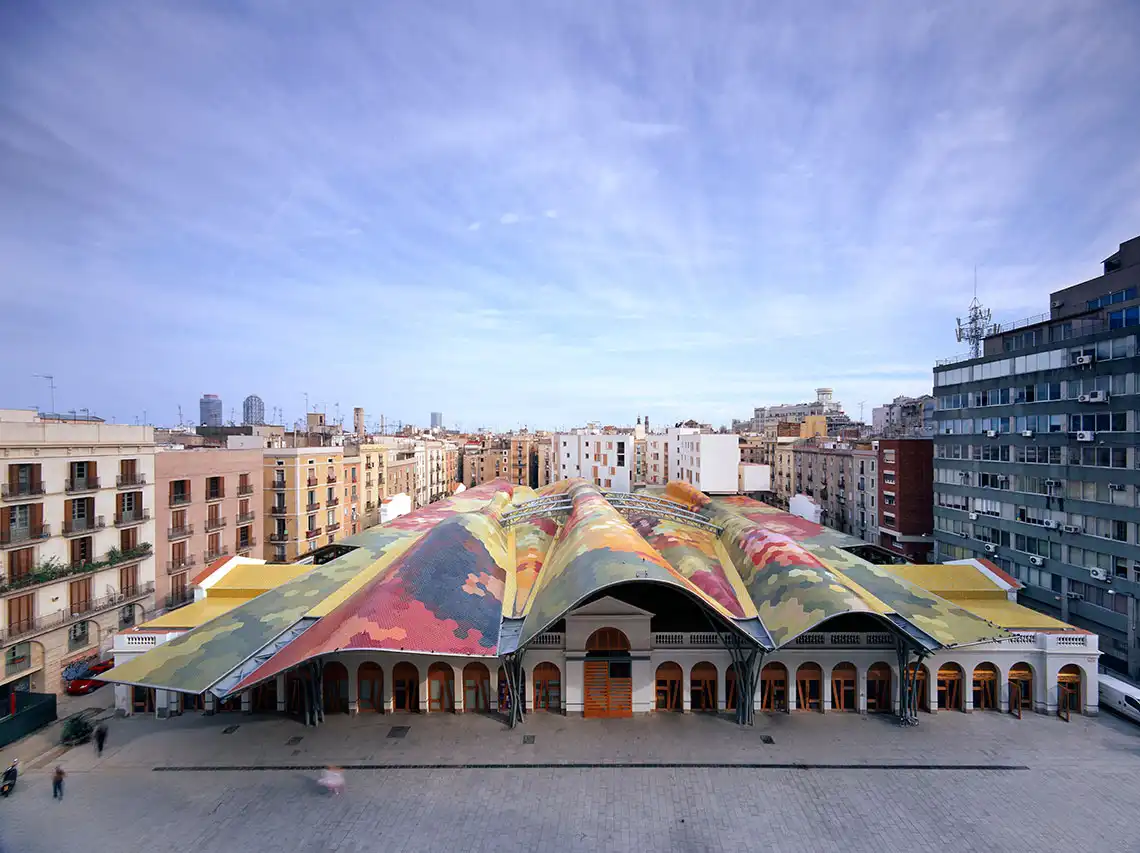

















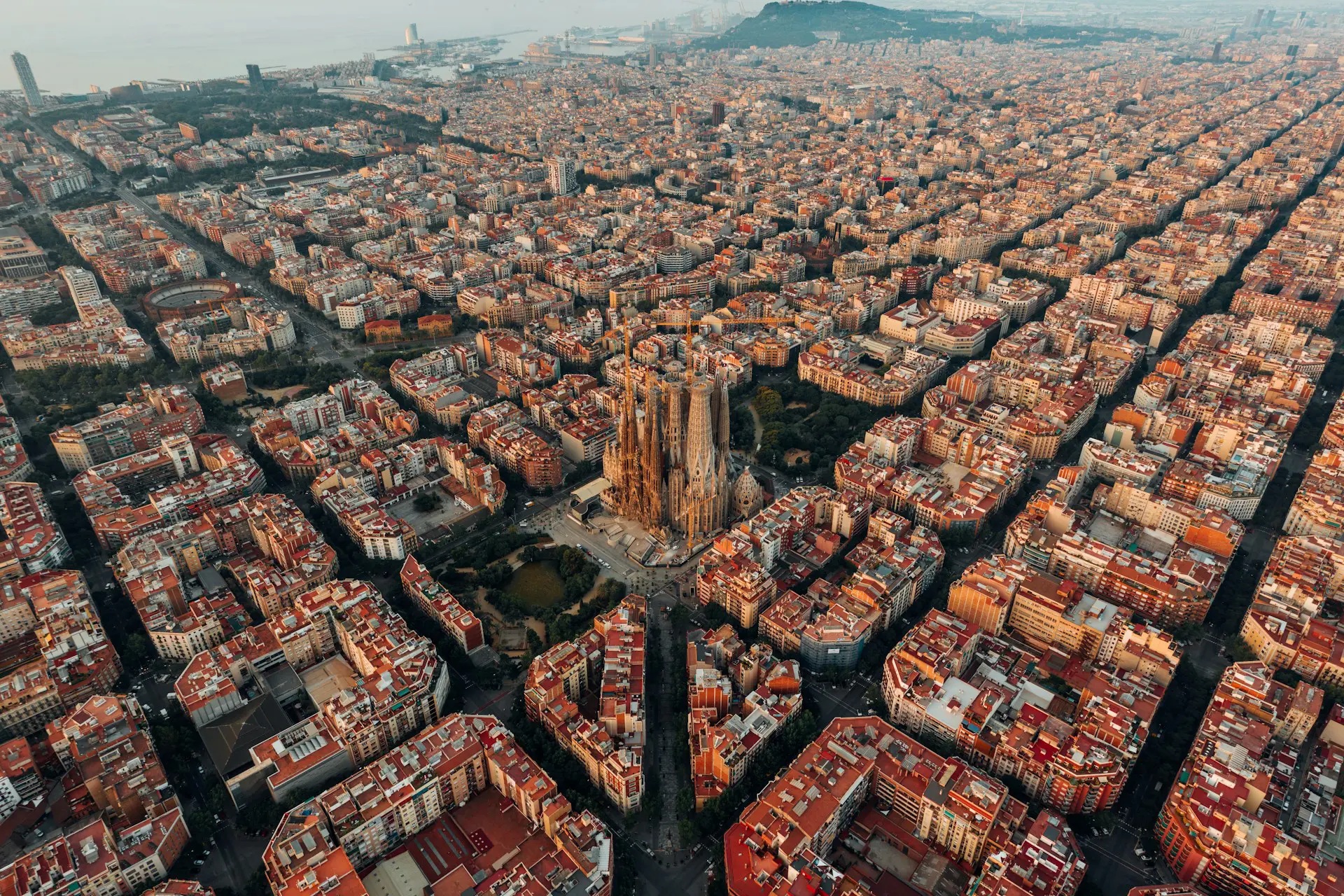











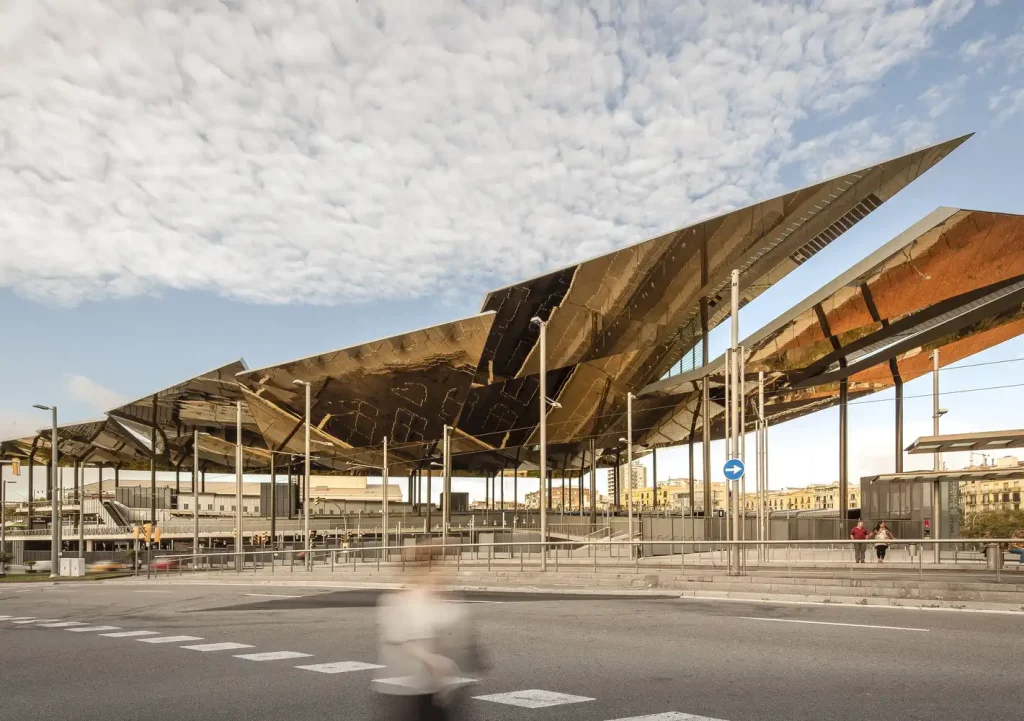

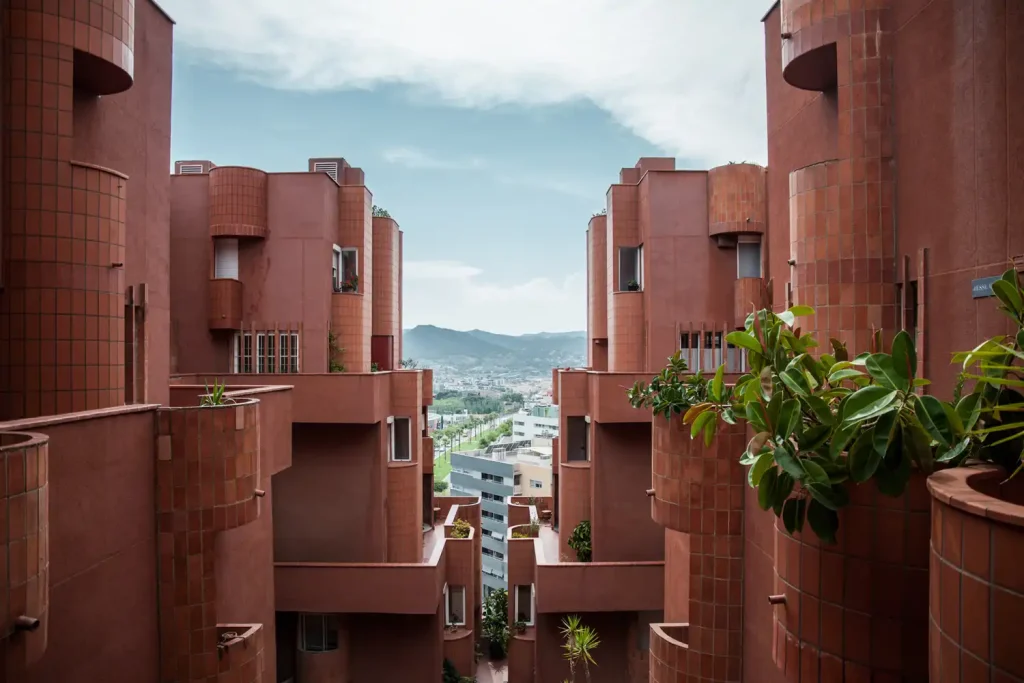



















Leave a comment